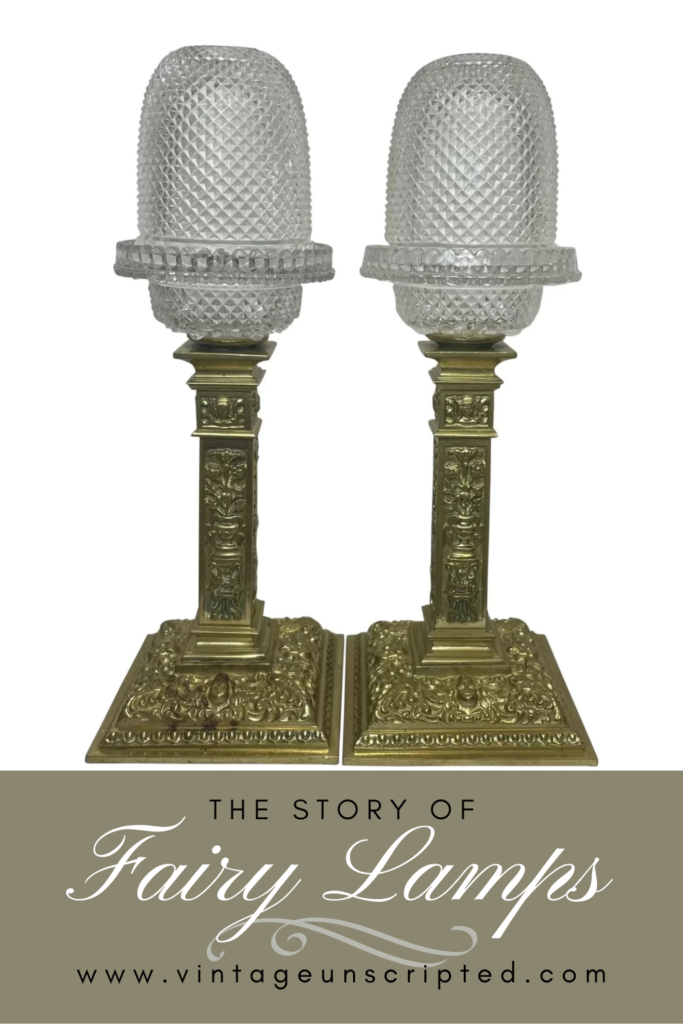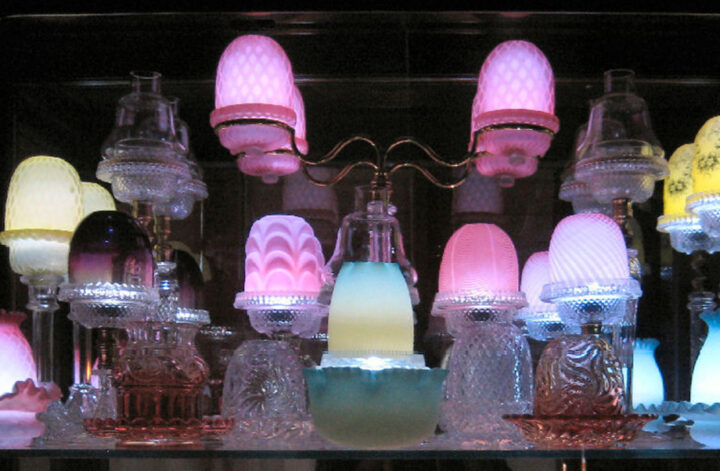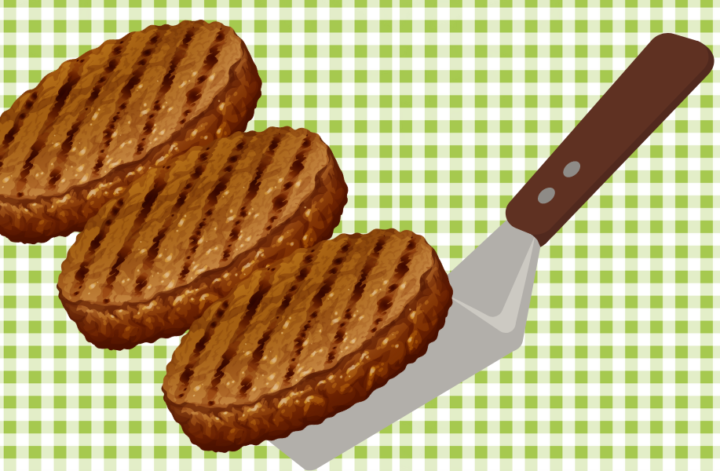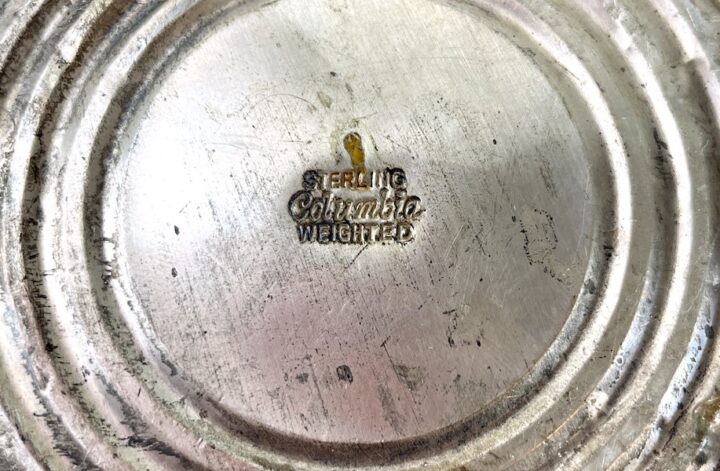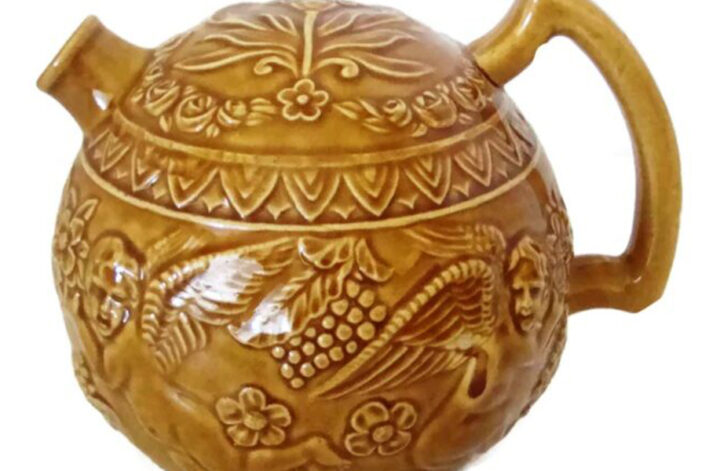The history of fairy lamps is almost 200 years old. Before the days of readily available electricity when candles and gas lamps were the only forms of indoor light, fires were a dangerous and inevitable hazard. In the 1840s, a new style of candle was created that was shorter and fatter than what was standard at the time. In 1885, an English lighting designer, Samuel Clarke patented a design featuring a glass cup covered with an open dome as a way to sell his own version of these newly styled candles. One of his patented styles was called a Cricklite. Known as fairy lights or fairy lamps for the image of a fairy stamped on the base, his new designs became wildly popular not only for its style, but for its safety. No longer easily knocked over and protected from a breeze, it could be used almost anywhere. It’s rumored that Queen Victoria ordered 1500 for her personal use.
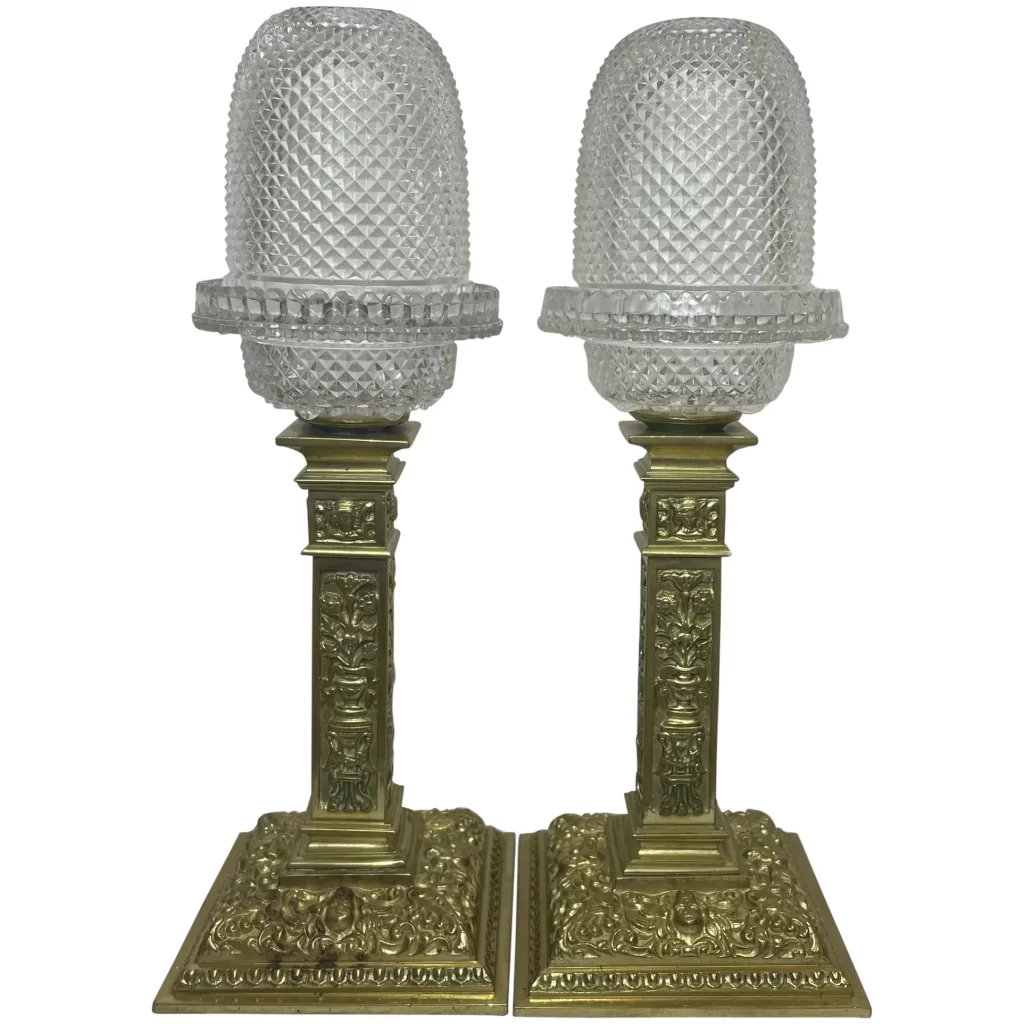
The popularity of fairy lamps has gone in and out of style over the past 150 or so years. In the 1950s, the Fenton glass company began producing fairy lamps, again reviving their popularity. Since then they have been a staple of many antique dealers’ inventory.
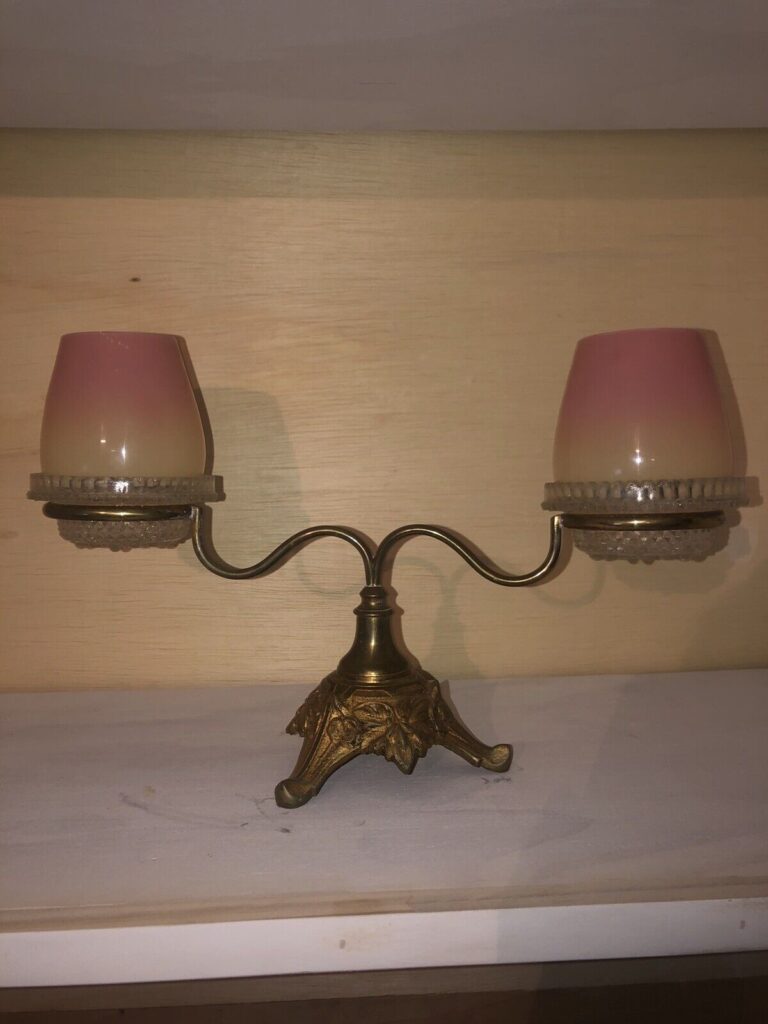
Today you can find numerous versions of fairy lamps from antique dealers worldwide. From simple clear cut glass to fabulous hand painted gilded designs. Some have metal bases, others are glass. The basic premise remains the same though, a cupped base made to hold a squat candle with a domed lid.
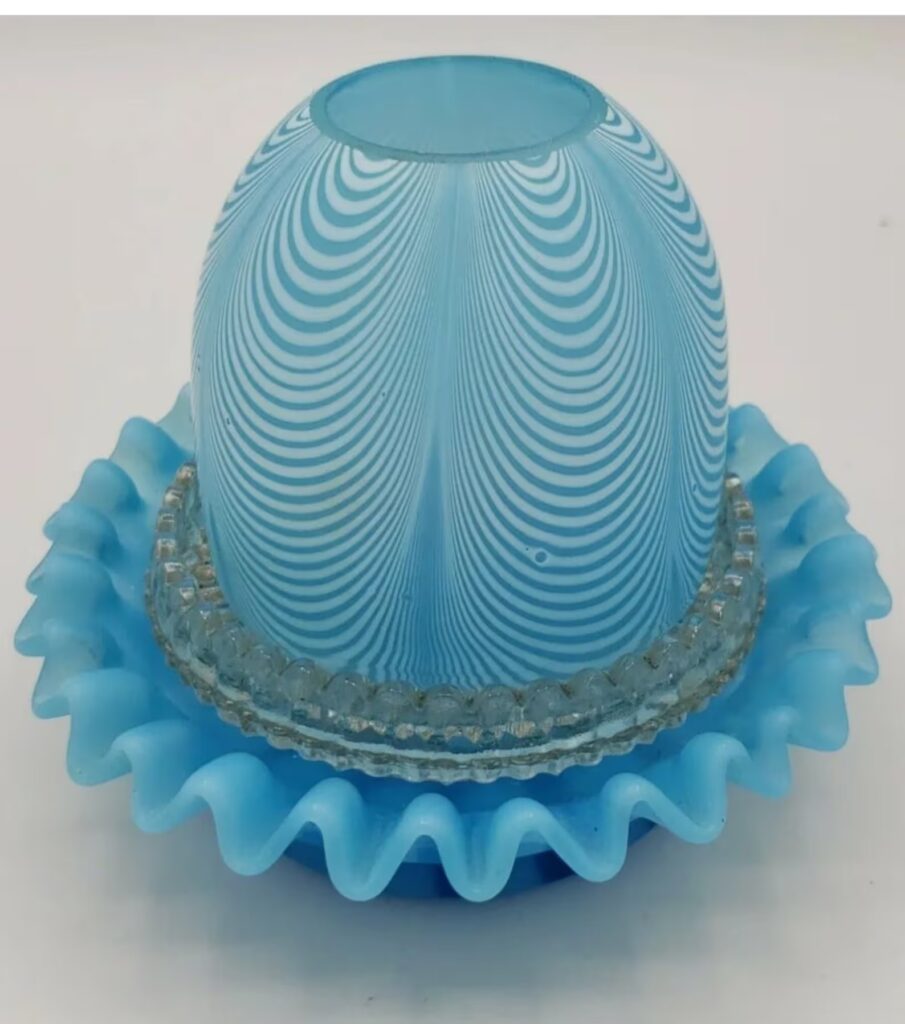
Did you know there is a Fairy Lamp Club? Here is a link to their site. Do you love or collect fairy lamps? Let us know in the comments below.
